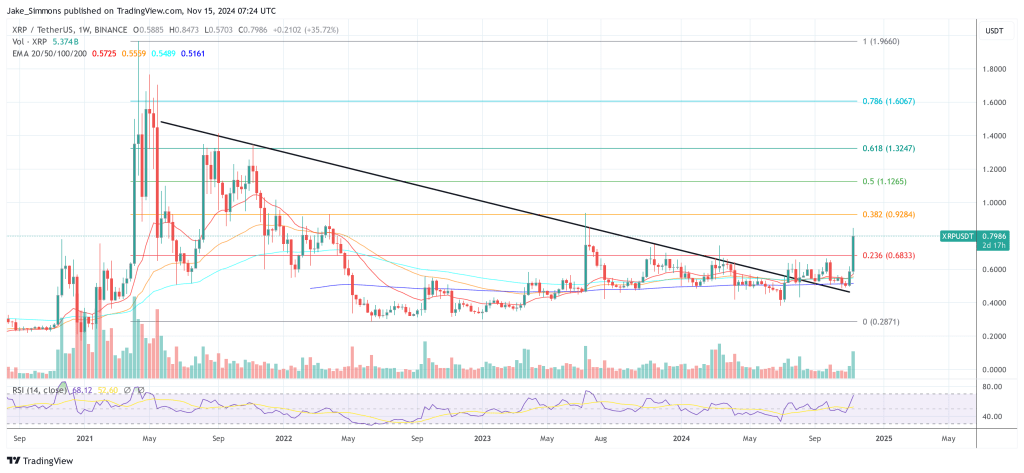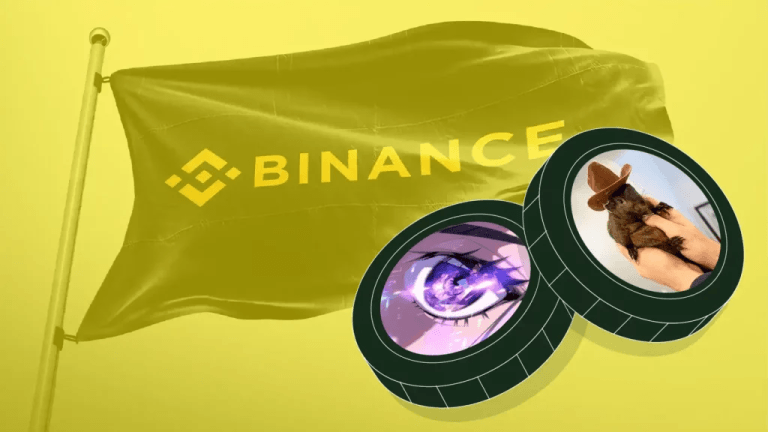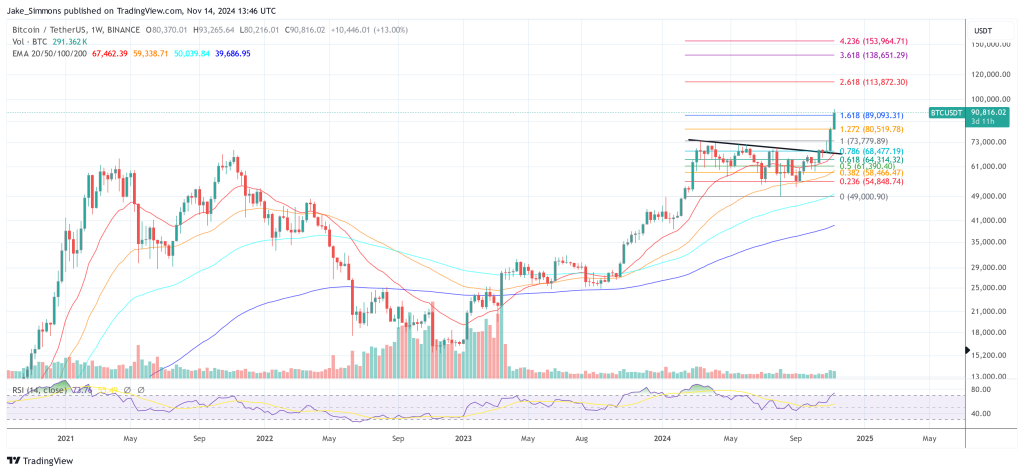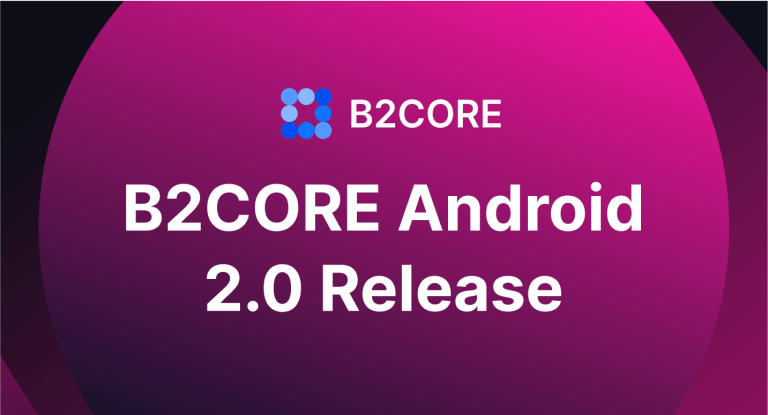
Integrating crypto into the global financial system has so far proved to be problematic to due what Przemek Kowalczyk, the chief product officer (CPO) of the fintech startup Ramp, described as “digital incompatibility.” Kowalczyk, a data scientist, told Bitcoin.com News that the “two paradigms” use distinct frameworks which in turn makes it difficult for the two to be combined.
Prioritizing User Experience
In written answers sent to Bitcoin.com News, Kowalczyk said this is because crypto is “decentralized and open source-based.” In contrast, the banking sector is more attuned to a “top-down” approach.
Meanwhile, when asked to identify some key factors which Web2 and Web3 must consider before attempting to integrate crypto with conventional payment platforms, Kowalczyk said the most important thing is knowing that not everyone is “interested in the complexities pervading the blockchain.” Understanding this means platforms that offer crypto on and off-ramp services should aim to make their user interface not only easy to use but “highly navigable.”
While many financial freedom advocates are still very opposed to the implementation of know-your-customer (KYC) or anti-money laundering (AML) measures by Web3 companies, Kowalczyk told Bitcoin.com News that doing this can help build consumers’ confidence in the industry. The Ramp Network CPO, however, said this should done without affecting the user’s experience.
Below are Przemek Kowalczyk‘s written answers to all the questions that were sent to him via Telegram.
Bitcoin.com News (BCN): For new users, the journey from fiat to crypto or vice-versa is still quite complicated. The fear of not being able to convert their crypto back to fiat often makes many prospective users unwilling to embark on this journey. On the other hand, many new users often have to rely on an external platform to buy or sell their crypto assets and this can be frustrating as well as time-consuming. Can you describe to our readers what the envisaged frictionless merchant-customer experience should look like?
Przemek Kowalczyk (PK): It should be a one-click system where all of the technical intricacies involved in converting crypto to fiat (and vice versa) are taken care of in the background. At Ramp we are trying to deliver an Apple Pay-like experience, such that when a Web3 product requests your payment, all you have to do is click once, and the transaction is done.
A truly frictionless merchant-customer experience is where users don’t ever have to learn about the intricacies involved in the crypto-fiat buy and sell process. Recently, we introduced our off-ramp solution that offers payouts to credit cards directly. I believe such steps are necessary to help lure in more users from traditional finance (trad-fi) into crypto.
BCN: What do think are some of the factors that Web2 or Web3 businesses should consider before integrating crypto on-ramp and off-ramp solutions for processing payments?
PK: First and foremost, any platform offering crypto on/off ramp should come with an easy-to-use, highly navigable user interface. This is important because not everyone is aware/interested in the complexities pervading the blockchain. Secondly, the payments being processed by these businesses need to be processed in a timely manner, with conversion rates being reasonable.
Lastly, we need platforms that are inclusive and easily accessible so that users from all over the world can benefit from them. Transparency is another key facet to consider when having this conversation, with businesses being upfront about things like fees, transaction charges, etc.
BCN: What are the biggest challenges to seamlessly integrating crypto into the global financial infrastructure? Do you agree that traditional finance (tradfi) institutions have been relatively slow to integrate crypto?
PK: The biggest hurdle to overcome when marrying crypto with trad-fi is that of ‘digital incompatibility.’ To put it simply, the two paradigms use completely different frameworks, with one being decentralized and open source-based while the other is top-down, controlled, and regulated in its structure. As a result, they encounter a lot of friction when operating in each others’ neck of the woods (such as difficulty in converting assets).
That being said, as more and more companies in the trad-fi realm begin to recognize crypto’s value, the two industries are starting to work in conjunction with one another rather than being at loggerheads. A prime example of this change is Paypal’s recent decision to release its very own stablecoin.
BCN: In terms of unlocking new economic value, do you believe that easier fiat on-ramping could boost user acquisition or retention for crypto-native businesses?
PK: Absolutely! Allowing the non-crypto natives to make inroads into this space in the easiest manner possible would accelerate their shift towards Web3. The digital asset platforms should be able to transact with the fiat economy seamlessly. Also, as more people realize how easy it is to navigate between the two sectors, it will become progressively easier for crypto projects to retain non-native customers.
BCN: Your company Ramp Network offers a non-custodial solution that businesses can integrate into their platforms or apps to provide easy on- and off-ramp. In your opinion, why should businesses and users care about using a non-custodial solution?
PK: First off, let’s understand what the term ‘non-custodial’ means. It simply refers to a financial infrastructure where the owner of an asset is fully responsible for managing it. Simply put, the assets are in possession of the individual themselves rather than a third party like a bank, financial institution, etc. In fact, such a setup is the very basis of the entire Web3 revolution. Over the past 2-3 years, a growing number of people are beginning to realize the potential of such a financial setup, something that is highlighted by the fact that between 2021 and 2022 alone, the number of defi users in the world rose by a whopping 40%!
BCN: When talking about international financial transactions, AML and KYC obviously pop up. How do you help businesses ensure AML and KYC compliance while providing a smooth user experience?
PK: Crypto is still in its nascency, and as a result, there are some bad actors using this space for nefarious reasons. Naturally, it pushes many governments to regulate the ecosystem to protect customers. We always proactively comply with the laws, as it’s vital for crypto’s long-term health, and for users to feel safe when using web3 platforms.
That said, it is also essential to keep our user experience in mind and make these processes more accessible to the average crypto consumer. For example, when dealing with digital assets, it can be beneficial to make use of a dynamic verification system, which adjusts the KYC requirements from user to user on a per-transaction basis.
BCN: Ramp Network is reported to have set up a base in Brazil as the first step in Latin American (Latam) expansion. Can you talk about what makes Latam so attractive and whether it can fuel the next stage of growth for crypto projects?
PK: Latin America is the fastest-growing crypto region in the world. The region has a digitally savvy youth population that is educated and online. A large number of South Americans work in other countries and send remittances back home. These factors combined with the lack of widespread access to financial services make South America ripe for crypto adoption.
Brazil, in particular, has a central bank-supported national payment system called Pix that lets you make instant payments from your bank account. I believe that such innovative solutions would help bridge the gap between crypto and traditional finance. We at Ramp have integrated Pix as a payment method, allowing users a fast and convenient way to purchase crypto.
What are your thoughts about this interview? Let us know what you think in the comments section below.

You can get bonuses upto $100 FREE BONUS when you:
💰 Install these recommended apps:
💲 SocialGood - 100% Crypto Back on Everyday Shopping
💲 xPortal - The DeFi For The Next Billion
💲 CryptoTab Browser - Lightweight, fast, and ready to mine!
💰 Register on these recommended exchanges:
🟡 Binance🟡 Bitfinex🟡 Bitmart🟡 Bittrex🟡 Bitget
🟡 CoinEx🟡 Crypto.com🟡 Gate.io🟡 Huobi🟡 Kucoin.




















Comments